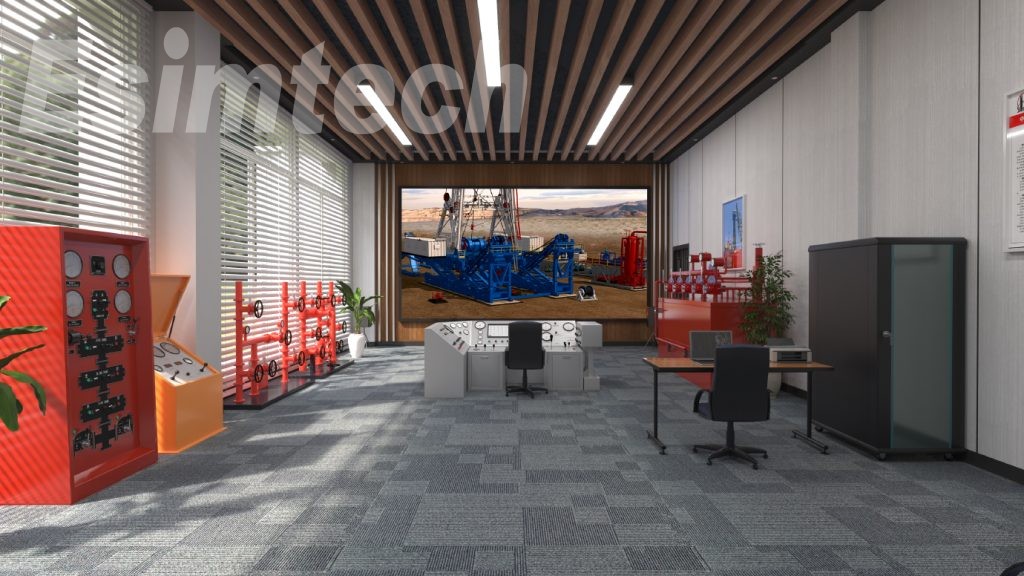What are Common Causes of Oil Rig Injuries and What are the Preventive Measures
Oil rigs play a pivotal role in the global energy industry, facilitating the extraction of essential fossil fuels that power our modern world. Despite their crucial role, working on an oil rig involves inherent risks, with potential consequences for both workers and the environment. This article explores the common causes of oil rig injuries, their repercussions, and preventive measures aimed at ensuring safer working conditions.

Common Causes of Oil Rig Injuries
Oil rig workers confront various hazards daily, requiring a comprehensive understanding to prevent accidents. The following are common causes of oil rig injuries:
Slips, Trips, and Falls:
Slippery surfaces, uneven walkways, and unpredictable weather conditions create an environment conducive to slips, trips, and falls.
Resulting injuries range from minor bruises to severe head injuries, with the proximity to the ocean heightening the danger.
Machinery Accidents:
Heavy machinery crucial for drilling and extraction, if not operated and maintained properly, can lead to crush injuries, amputations, or fatalities.
Fires and Explosions:
Flammable materials and chemicals make oil rigs susceptible to catastrophic fires and explosions, causing severe burns, smoke inhalation injuries, and fatalities.
Chemical Exposure:
Regular exposure to drilling, maintenance, and production chemicals can result in burns, respiratory problems, and long-term health issues.
Falling Objects:
Work at considerable heights increases the risk of falling objects, causing serious injuries, including head trauma and fractures.
Weather-Related Incidents:
Unpredictable and harsh offshore weather conditions can lead to accidents, including vessel collisions and equipment damage.
Consequences of Oil Rig Injuries
The repercussions of oil rig injuries extend beyond the injured workers, affecting families, colleagues, and the environment. These consequences include:
Physical Injuries:
Range from minor cuts and bruises to life-altering conditions like fractures, burns, amputations, and spinal cord injuries.
Emotional and Psychological Impact:
Traumatic events offshore can result in anxiety, depression, PTSD, and substance abuse among workers.
Financial Consequences:
Substantial medical bills, lost wages, reduced earning potential, and financial strain on families.
Environmental Impact:
Oil spills, chemical leaks, and other incidents can harm marine ecosystems, disrupting marine life and affecting coastal communities.
Preventive Measures of Oil Rig Injuries
To mitigate risks and ensure safety, the oil and gas industry has implemented preventive measures, including:
Training and Education:
Oil and gas simulators for emergency response, drilling operations, equipment operation, navigation, and safety protocols. Personal Protective Equipment (PPE):

Workers mandated to wear appropriate PPE to reduce the risk of injuries.
Equipment Inspection:
Regular safety inspections of equipment and machinery to identify and address potential issues.
Emergency Response Plans:
Comprehensive plans for fires, explosions, and critical incidents, with regular drills to familiarize workers.
Environmental Safeguards:
Measures to prevent and mitigate environmental impact, including containment booms and rapid response teams.
Improved Technology:
Advancements in drilling techniques, automation, and remote monitoring systems to enhance safety and efficiency.
Conclusion
Oil rig injuries pose serious risks, prompting the industry to adopt strict safety measures, extensive training, and advanced technology. By learning from past incidents and prioritizing safety, the industry aims to ensure the well-being of oil rig workers and protect the environment. As the demand for oil persists, these efforts contribute to making oil drilling safer and more sustainable for the future.
- Art
- Causes
- Crafts
- Dance
- Drinks
- Film
- Fitness
- Food
- Games
- Gardening
- Health
- Home
- Literature
- Music
- Networking
- Other
- Party
- Religion
- Shopping
- Sports
- Theater
- Wellness


